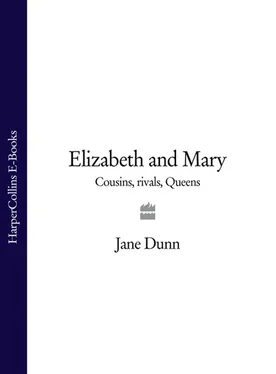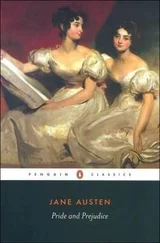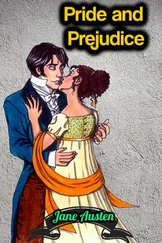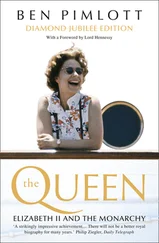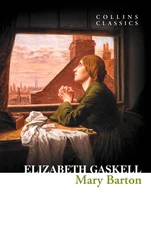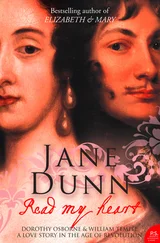The indissoluble bond between them was forged by two opposing forces; their shared inheritance and rivalry for Elizabeth’s crown set against their natural solidarity as regnant queens in an overwhelmingly masculine world. They had a fascination and sympathy for each other; they were cousins in an age when family mattered and when, for much of their lives, both lacked closer kin. Mary chose to emphasize her familial relationship with Elizabeth, her letters often supplicating, daughterly, even lover-like. ‘How much better’, she wrote to Elizabeth, ‘were it that we being two Queens so near of kin, neighbours and living in one isle, should be friends and live together like sisters, than by strange means divide ourselves to the hurt of both.’ And Elizabeth responded to these emotional pleas with a tone that was bossy, condescending and, for a while, elder-sisterly in her exasperated care. And yet they never met.
This is the great dramatic centre of their story. In the absence of reality a rival grows in stature in the imagination, becoming something superhuman, but also less than human and therefore easier to kill. Their failure to meet also became an expression of frustrated desire and control. Mary never gave up pleading for personal contact, certain that her charm would alter her case with her cousin. Initially willing, Elizabeth then grew increasingly distant and aloof, fearful of what she believed was Mary’s almost magical power to enchant, already exaggerated in her imagination and fuelled with the stories of others. Elizabeth was perplexed: ‘There is something sublime in the words and bearing of the Queen of Scots that constrains even her enemies to speak well of her.’
Part of the drama of their lives is this great opposition between their natures, their earliest experiences and the kinds of rulers they wished to be. All her life, Elizabeth had steeled herself to prove to the world she had the heart and mind of a man, so aware was she of the accepted inferiority of being merely female. She often boasted that in this masculinity her strength resided, yet she had all the passions of a woman, and expressed these most notably in her love for her favourites and her tenderness for her people. Mary was seen as recklessly emotional and liable to nervous collapse, and yet she showed a more ruthless resolve to see her sister queen murdered than Elizabeth could summon up for the judicial execution of Mary herself. So unlike in temperament, these queens nevertheless were well matched in the vigour of their ambitions and their obstinacy of purpose. The weapons they used were different, but each had just as great a capacity for harm.
In considering Elizabeth’s and Mary’s lives in relation to each other, illuminating symmetries occur. They both had remarkable mothers who, for different reasons, were lost to them. Anne Boleyn was a clever woman, radical in her Protestant sympathies, courageous and spirited, but a stranger to her daughter through death, and erased through the dangers inherent even in her memory. Mary of Guise, redoubtable queen and role model for Mary, but largely absent and unknown, due to the dynastic ambitions that made both mother and daughter exiles in each other’s land.
Each queen was involved in scandal over a favourite possibly implicated in murder, but they dealt with the crises they faced in completely different ways: Elizabeth’s action safeguarded her throne and gave her the moral foundation from which to impose her future authority; Mary’s decision lost her not only the throne but her freedom, and eventually her life. In the early years of Elizabeth’s reign it was the English queen who was consistently compared by foreign ambassadors, to her detriment, with her cousin, the Queen of Scotland. Elizabeth was the intractable monarch, the wanton queen, while Mary lived a model life as dauphine, then queen, then dowager queen of the great kingdom of France. Her return to Scotland marked the beginning of the adventures that would reverse these comparisons in epic fashion.
From that moment the tension in their relationship mounted. There was a struggle for supremacy and a desire in each to claim the moral high ground. Mary’s marriage and the birth of her son confirmed her conformity with expectations of what it was to be a good queen, while Elizabeth continued to prevaricate and evade her duty to provide for the succession. Then with Mary’s rumoured involvement in the murder of her husband and marriage to the likely murderer, heedless of Elizabeth’s trenchant advice, she set the English and Continental courts agog. There followed civil war in Scotland and humiliation for Mary, then imprisonment, fear for her life, miscarriage, forced abdication, night-time escape and precipitate flight to England. A plaintive existence as a genteel prisoner for seventeen years was enlivened with various plots to attain her freedom, and even her eventual elevation to the throne of England.
Even in death Mary sought to wrong-foot Elizabeth. Found guilty of incitement to kill her cousin, she went to her execution nobly insisting she was sacrificed for her faith alone. By dying heroically as a Catholic martyr, she rescued her reputation from the wreckage of her life. Elizabeth, as an old queen dying after more than four decades of transforming rule, was aware instead of the galloping hooves of the messenger’s horse riding north. The next incumbent of her jealously guarded throne would be Mary’s son, James, King of Scotland and now King of England too. This would mark Mary’s final triumph, the succession of the Tudors by the Stuarts. But there was triumph for Elizabeth too, for Mary’s son ruled their newly united kingdoms as a Protestant state.
The story of Elizabeth’s and Mary’s relationship is punctuated with reversals of fortune: murder mysteries, sexual intrigue, reckless behaviour, avowals of affection, heated battles and cold war. Fear, heartbreak and tragedy were its underlying strain. Yet surging through natural barriers of prejudice, masculine perspective and vested interest, these two queens emerge evergreen in their importance and fascination: Elizabeth, regardless of her weaknesses, confounding every prejudice against women in power; and Mary, despite her strengths, fulfilling in the end every foreboding, but with astounding boldness and abandon. They are welcome exceptions in the vast congregation of men who jostle for space in their domination of history.
That these two remarkable queens should have been contemporaries, neighbours in one small island, is gift enough for any writer. That they should be united by blood but inextricably enmeshed in a deadly rivalry for the same kingdom, the same throne, gives the story of their relationship the brooding force of Greek tragedy.
I came to this book as a biographer not a historian, believing that character largely drives events, explains motivation, and connects us to each other through the centuries. These queens lived lives vastly different from our own, but they behaved and felt in a way fundamentally familiar to us now. The outbursts of defiance, the flagging spirit, the pride in achievement and longing for love, all this is expressed in their own clear voices, as are the less familiar qualities of kingly pride, autocratic power and bloody revenge.
As a biographer one lives for years exploring the world and the mind of a stranger. For me in this case it was two strangers. Yet in those years these strangers gain a certain sense of intimacy and their lives a foothold in one’s own. In living so closely with these queens, inevitably my ideas and prejudices have changed. I became more aware of the profound loneliness of their role; the fear, the danger and responsibility were daunting, yet they accepted this and even revelled in it. The physical suffering and discomfort of their everyday lives was overlaid with such magnificent show and animated with an enormous zest and appetite for life itself. Above all, it is their characters that have gripped me, with their different energies and ambitions, their distinctive voices and the complexity of their human responses and feelings.
Читать дальше
